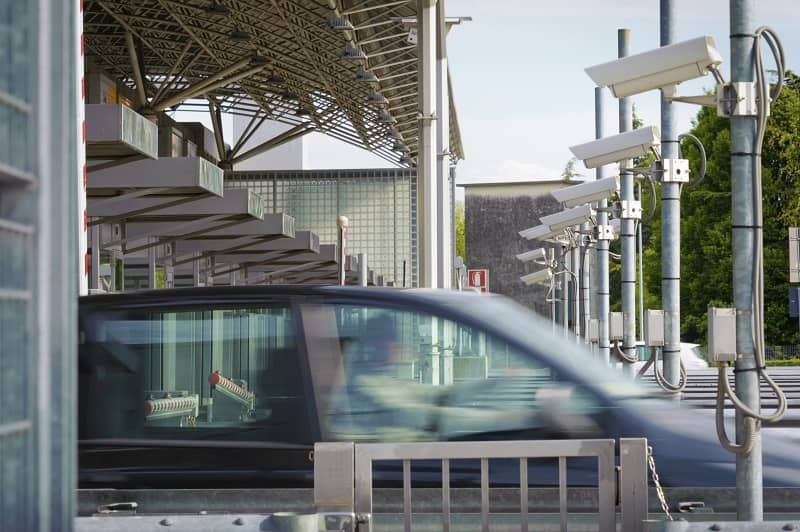By Lydia White
The City of Portland’s inclusionary zoning* requirements have turned a once-gushing housing development market into sludge. This was predicted by nearly everyone outside the central planning bureaucratic bubble.
In a rush to beat a February 1st deadline, developers submitted permits for 7,000 units in less than two months. Since then, that number has dropped by 1033%. Combined with other onerous mandates, inclusionary zoning has pushed developers to build in Portland’s surrounding suburbs. Developers aren’t doing so out of greed; they cannot feasibly finance projects within city limits.
Incentives provided by the city aren’t enough to supplement the costs of inclusionary zoning units. Portland-based Urban Development + Partners estimates that an “affordable rate” building costs over $300,000 more than its value, which is the primary number banks and investors use to determine a project’s viability. Eric Cress, a principal with Urban Development + Partners, says, “You can’t finance that [inclusionary zoning projects]. The financing world does not accept anything that costs more than its value.”
The unfortunate, yet not unforeseen, consequence of inclusionary zoning is that some low-income households benefit, while the policy serves as an informal gentrification program suffered by other residents. If Portland’s city planners want to help people afford housing, they should repeal inclusionary zoning requirements and let developers increase housing supply in a free and open housing market.
*Portland’s inclusionary zoning policy requires developers with 20 units or more to make 20% of units “affordable” at 80% of median family income, or 10% “affordable” at 60% median family income.
Lydia White is a Research Associate at Cascade Policy Institute, Oregon’s free market public policy research organization.











